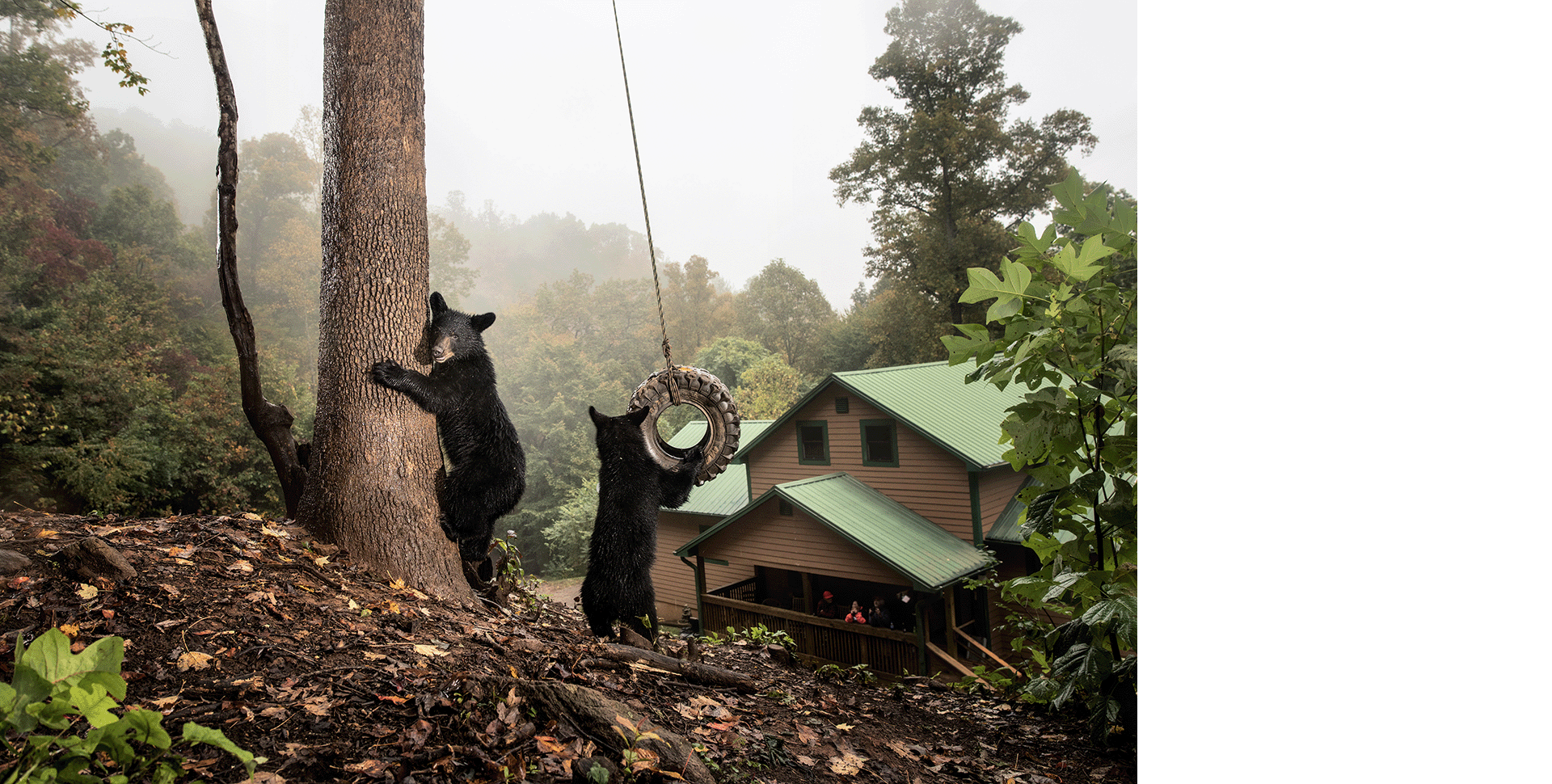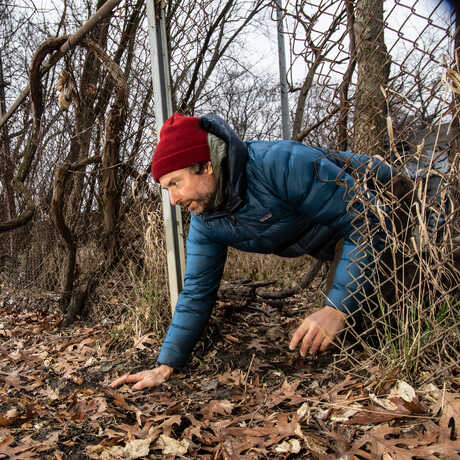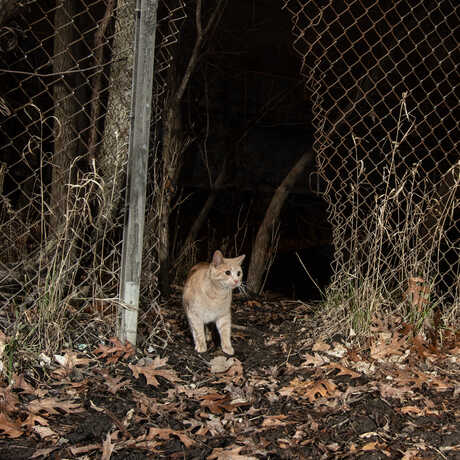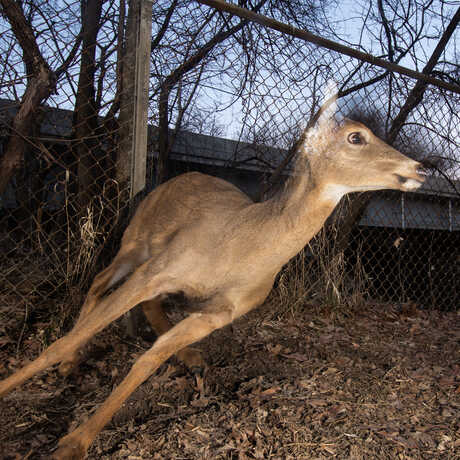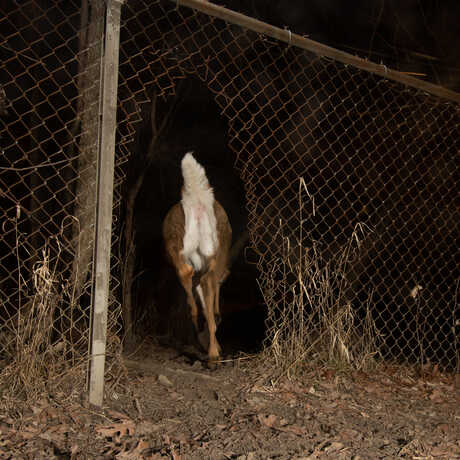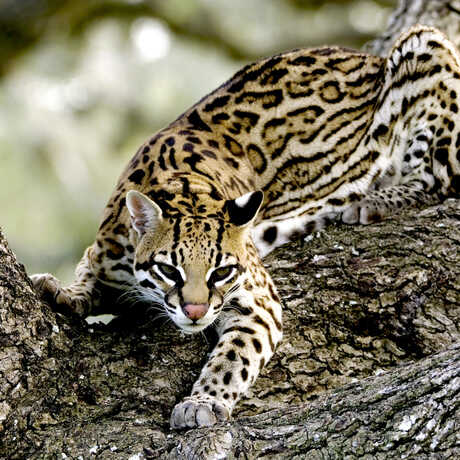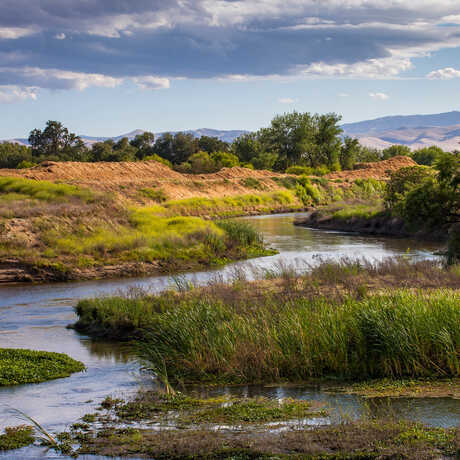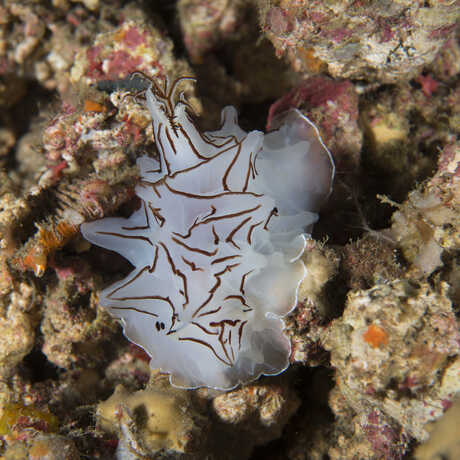Capturing the Moment in the Concrete Jungle
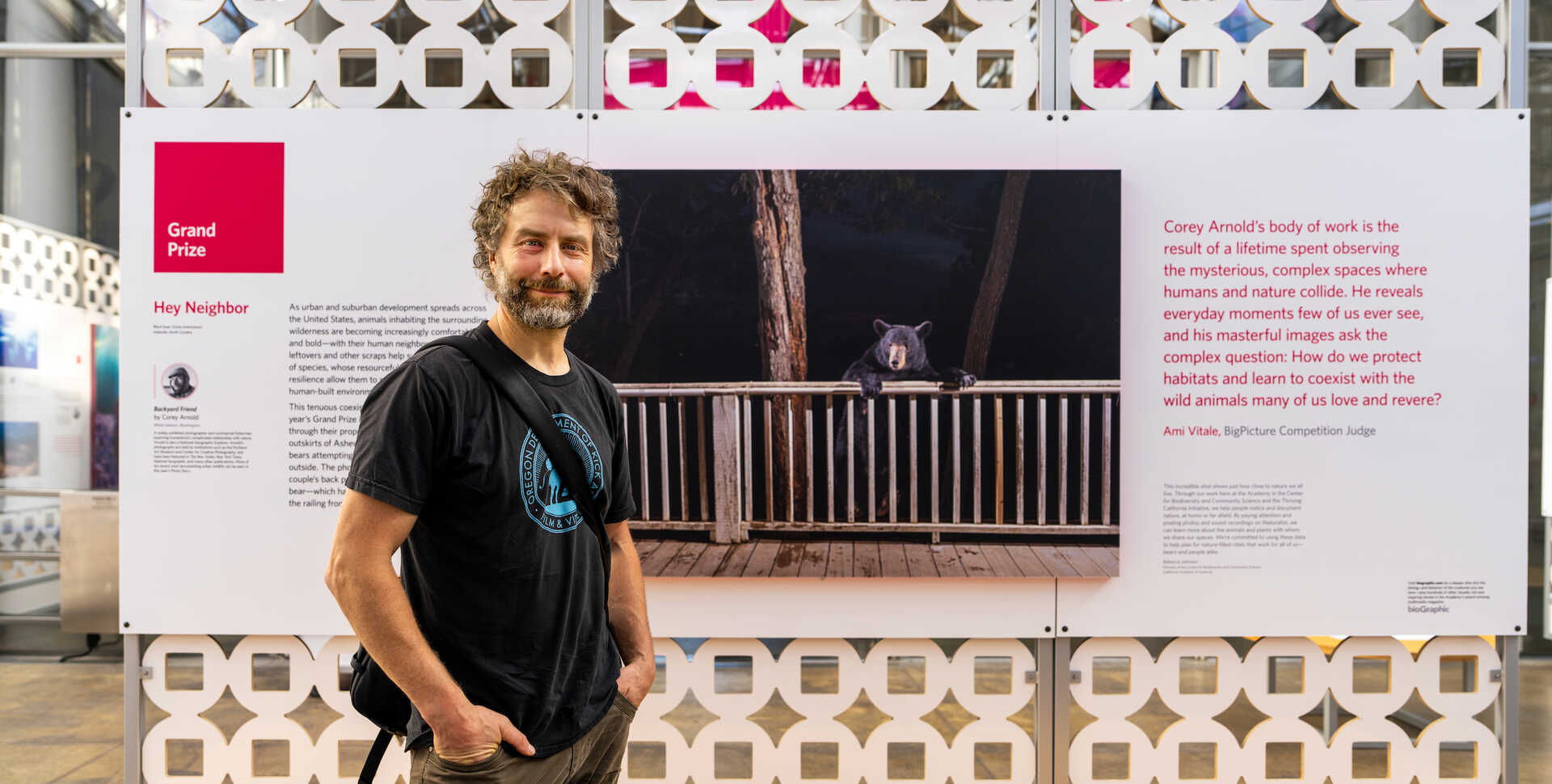
Photographer Corey Arnold’s "Cities Gone Wild" series, originally published in National Geographic, is an homage to the remarkable ingenuity of wildlife in adapting to urban environments. His portraits of black bears, coyotes, and raccoons set against the backdrop of city skylines and suburban backyards are at once playful and melancholy: The animals look wildly out of place…but wasn’t it their place to begin with?
The Grand Prize winner of 2023’s BigPicture photography competition, Arnold approaches his subjects with empathy and intuition, his nuanced perspective on nature informed by nearly 30 years fishing Alaska’s unforgiving waters. By documenting the myriad ways wildlife have made our cities their own, Arnold makes us think about the nature of belonging, and reveals that the line between city and wilderness is increasingly blurry—and a little furry, too.
BigPicture: Natural World Photography is on view at the Academy through Sunday, April 7. Arnold’s seven winning images are below, including the grand prize winner, “Backyard Friend.”
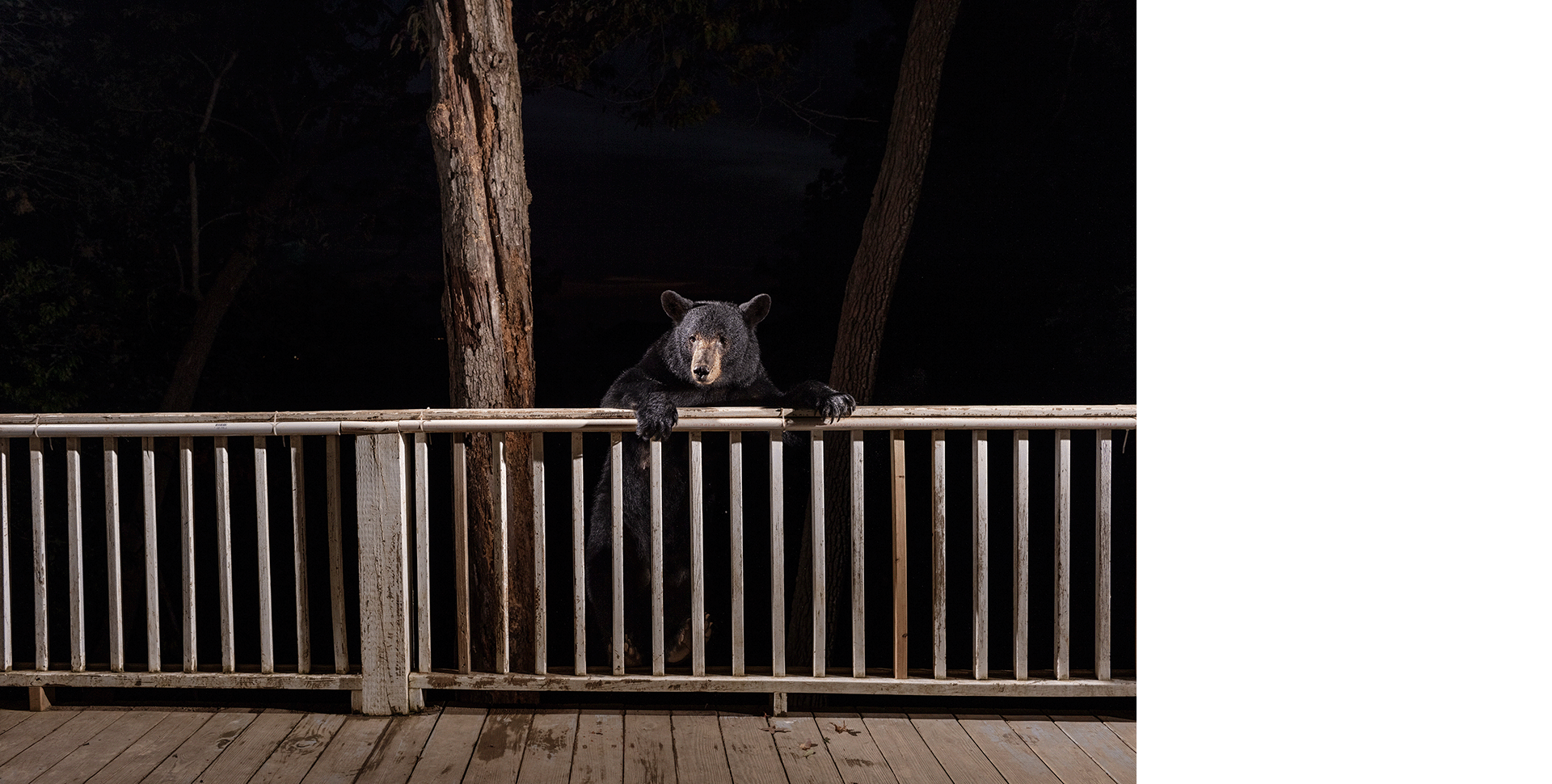
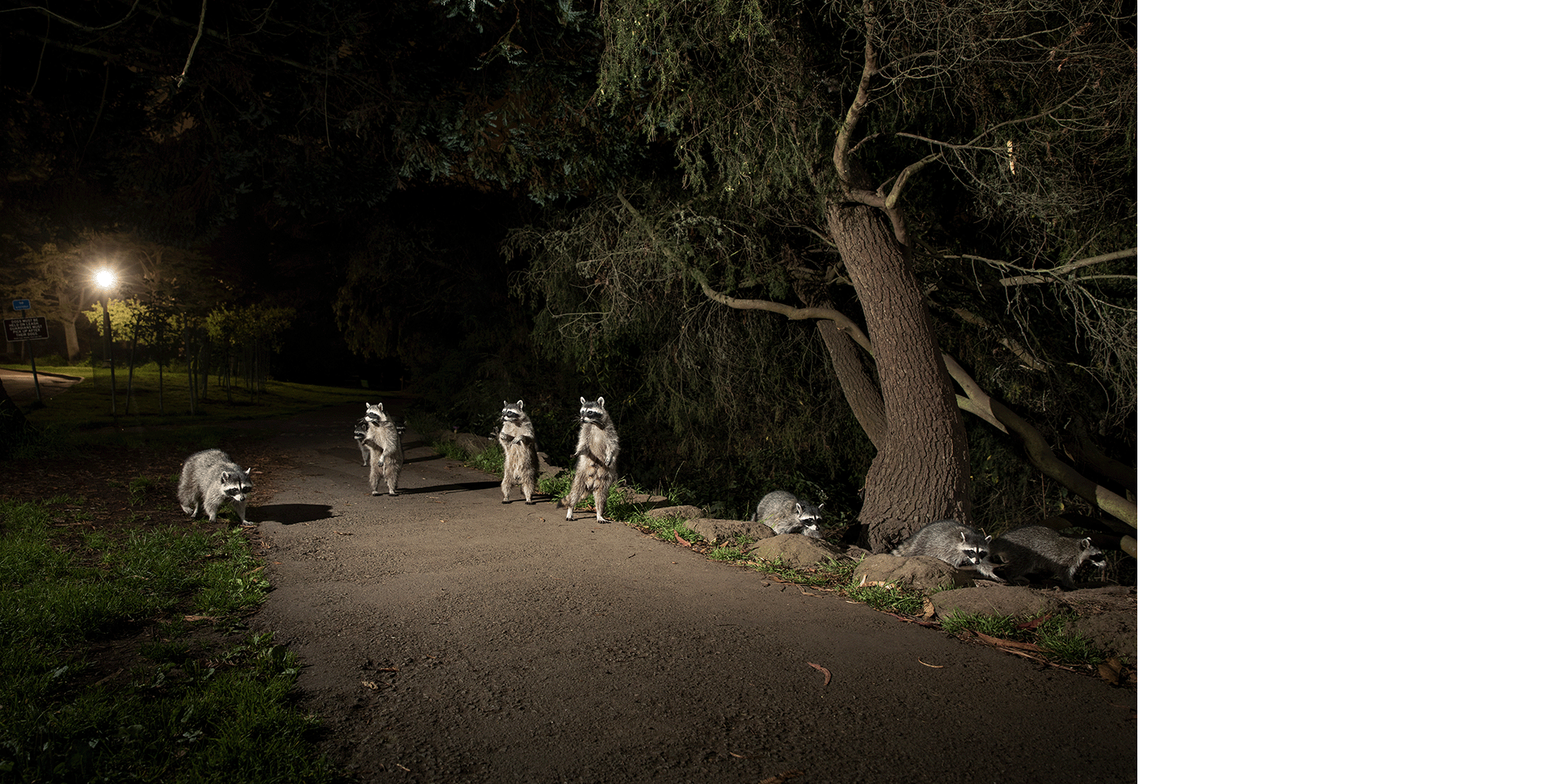
Following these animals at night when everyone's sleeping and seeing what they do has totally changed my perspective. Everywhere I walk now, I just see animal holes, bent fences, traces of animal hair. I've had to become an animal detective to be able to do this assignment. I was a skateboarder growing up, so I looked at urban landscapes and thought, “Can I skate that concrete ledge?” Now, when I walk down the sidewalk, I wonder: “Could a coyote have dug that fence hole?”
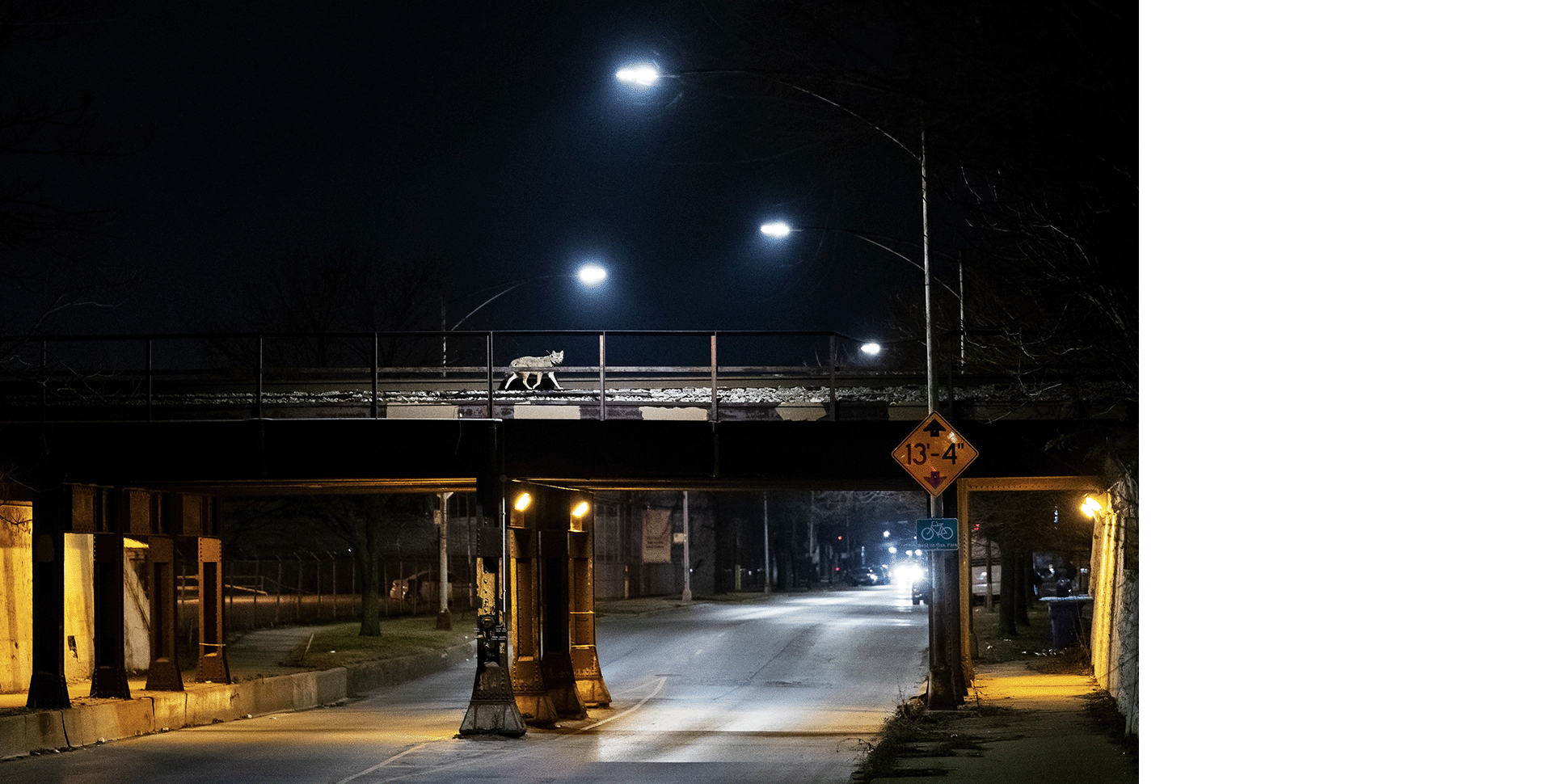
The coyote overpass picture was taken in Chicago, where I partnered with Dr. Stanley Gehrt and his team at the Cook County Urban Coyote Research Project, which is the longest-running study on urban coyotes in the country. We’d follow coyotes along the train tracks at night, often not seeing them but knowing they’re in the shadows, and try to head them off and wait for them to pop out.
One particular coyote would run the same stretch of track most nights, and would cross a bridge that had a really bright streetlight. I staked him out with my handheld camera set to a really high ISO, and got really lucky: He just happened to pass by on the side of the tracks that was directly under the streetlight.
Watch this video of Arnold discussing how he made the winning image:
This was a big learning curve for me because I had never used camera traps before this project, and there was a lot of trial and error. If the sensors weren’t positioned perfectly and shutter speed wasn’t planned for the amount of ambient light, then the subject would be blurry or out of focus. I had plenty of decent shots where the animal’s face was out of focus, but the tail was perfectly sharp! To prevent that, I tried shooting with a smaller aperture to bring more of the frame into focus, but then the shot isn’t quite as interesting because everything is sharp, and there isn’t as much depth. So I was always trying to find a balance.
Sometimes a camera trap would sit for four months to get the shot I was looking for.
Click below to view a few of Arnold’s camera trap outtakes.
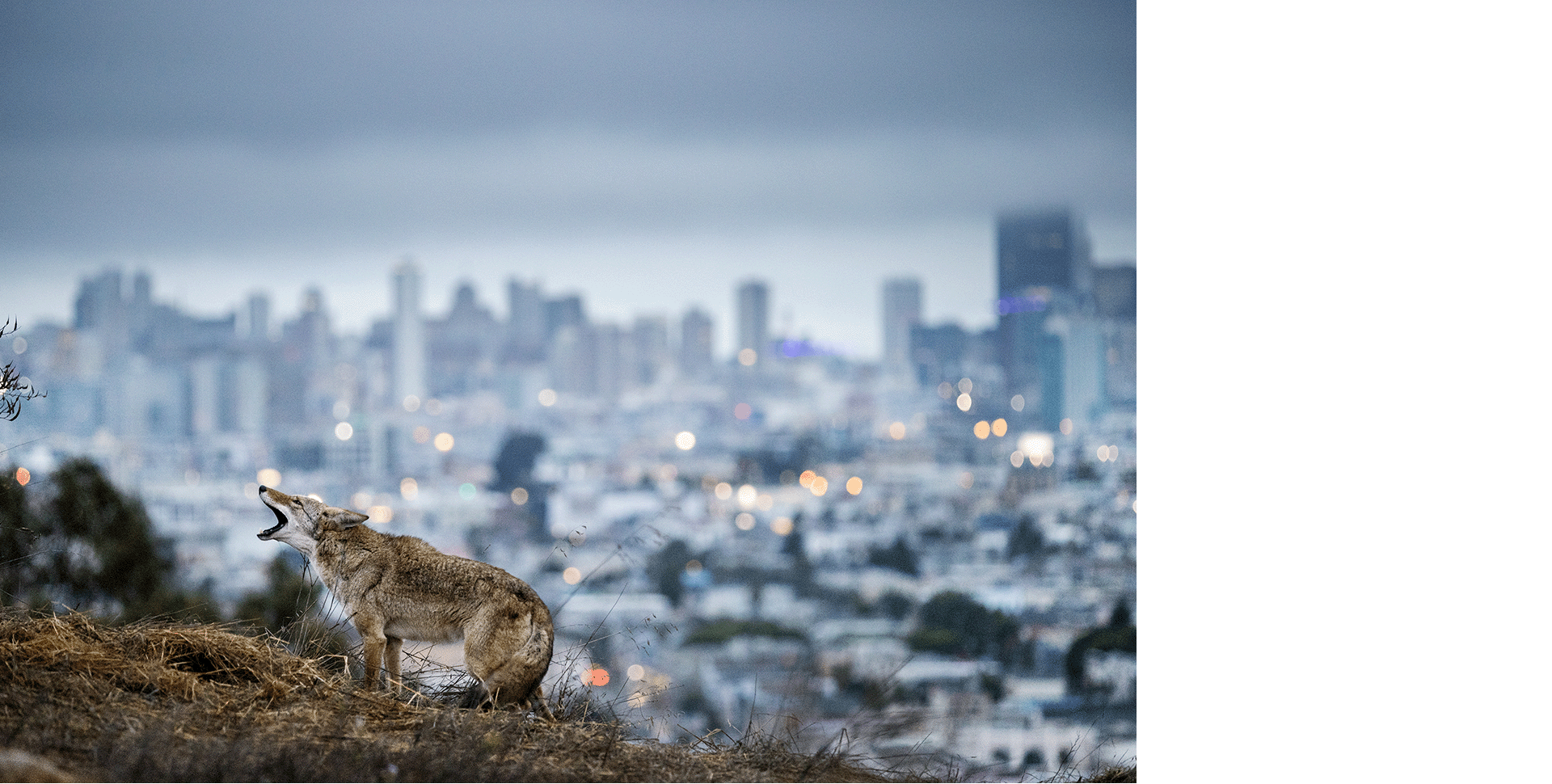
I learned how incredibly close these animals’ dens were to busy urban areas. We found a black bear tree den just a few feet from a major highway in Asheville, and coyotes often made their dens inside urban cemeteries in Chicago. And of course, raccoons love attics and crawl spaces.
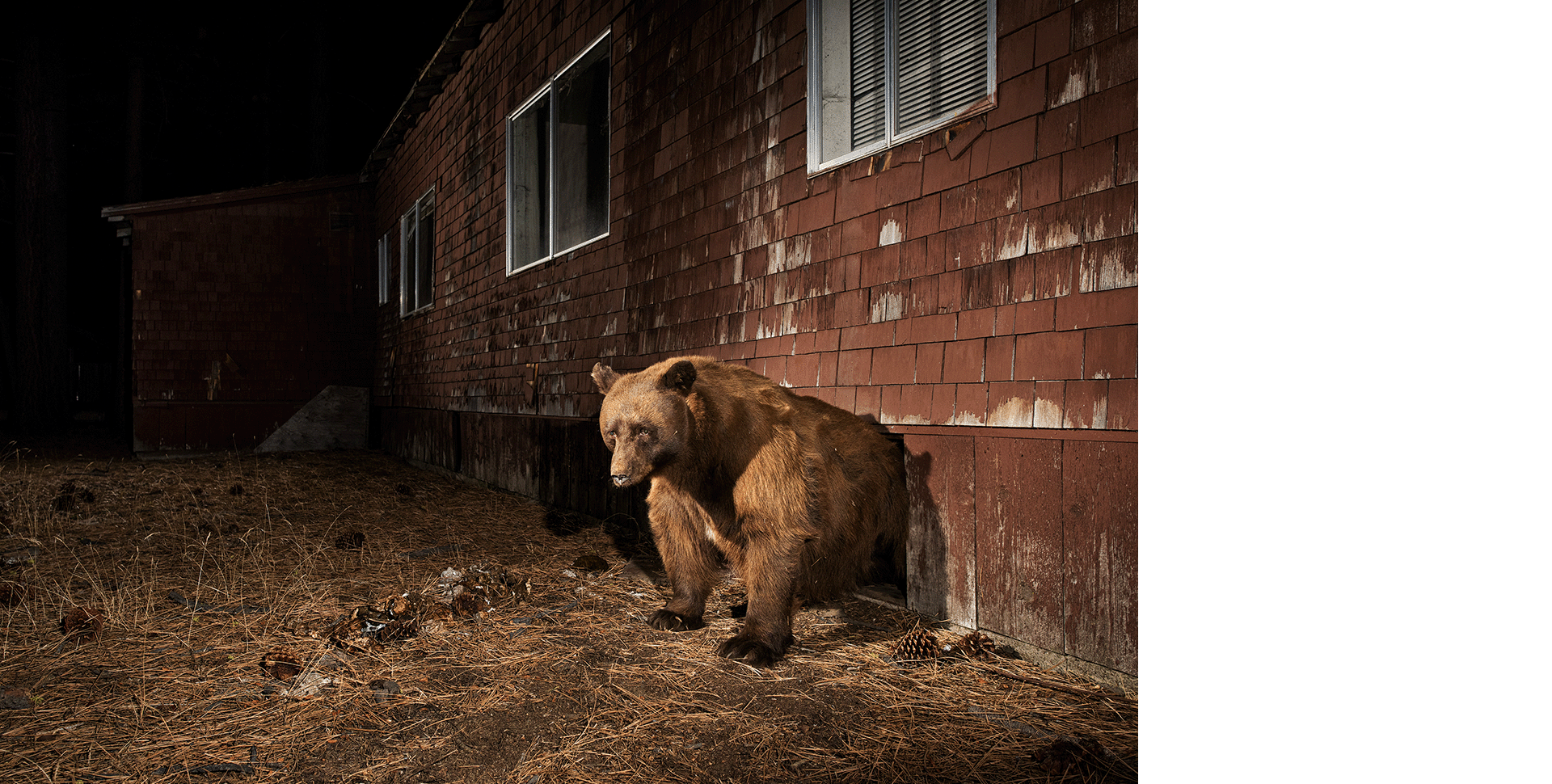
It's hard to break through and get eyeballs on your stories with all the content being created on social media. I do think younger generations are facing some media fatigue from all the doom and gloom stories about the future of Earth and nature, climate change, extinctions, etc. We need to show successes in conservation as well and speak honestly about steps toward coexistence with animals instead of focusing on fear and worst case scenarios.
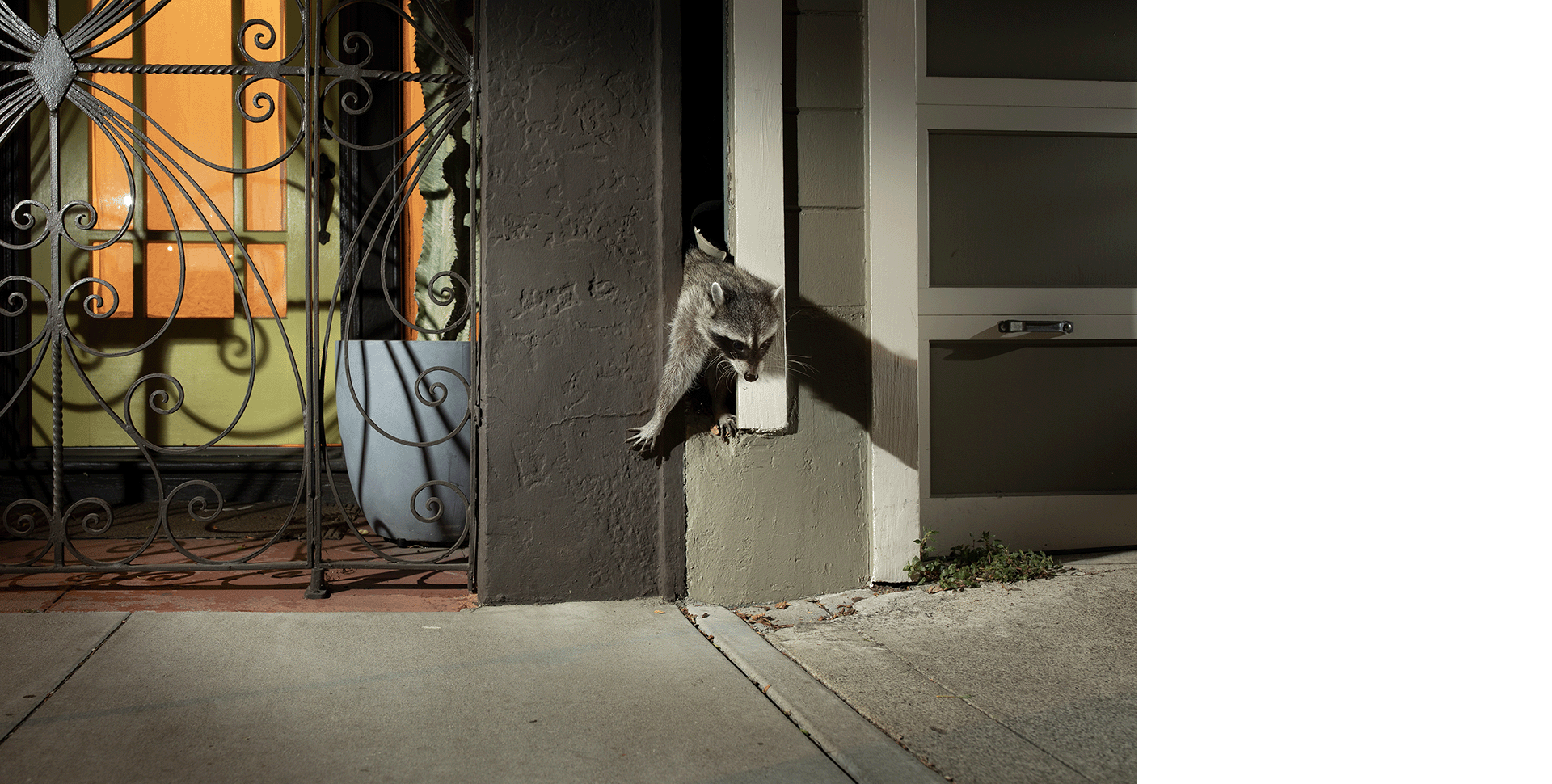
During a gnarly winter storm back in 2007, when I worked on a crabbing boat in the Bering Sea, I had a bit of a near death experience. I had the bright idea to climb the mast of the boat in order to capture an overview of the storm. I was not wearing a harness, and as I reached the top, a squall hit the boat, blasting me with 80 mile-per-hour winds.
